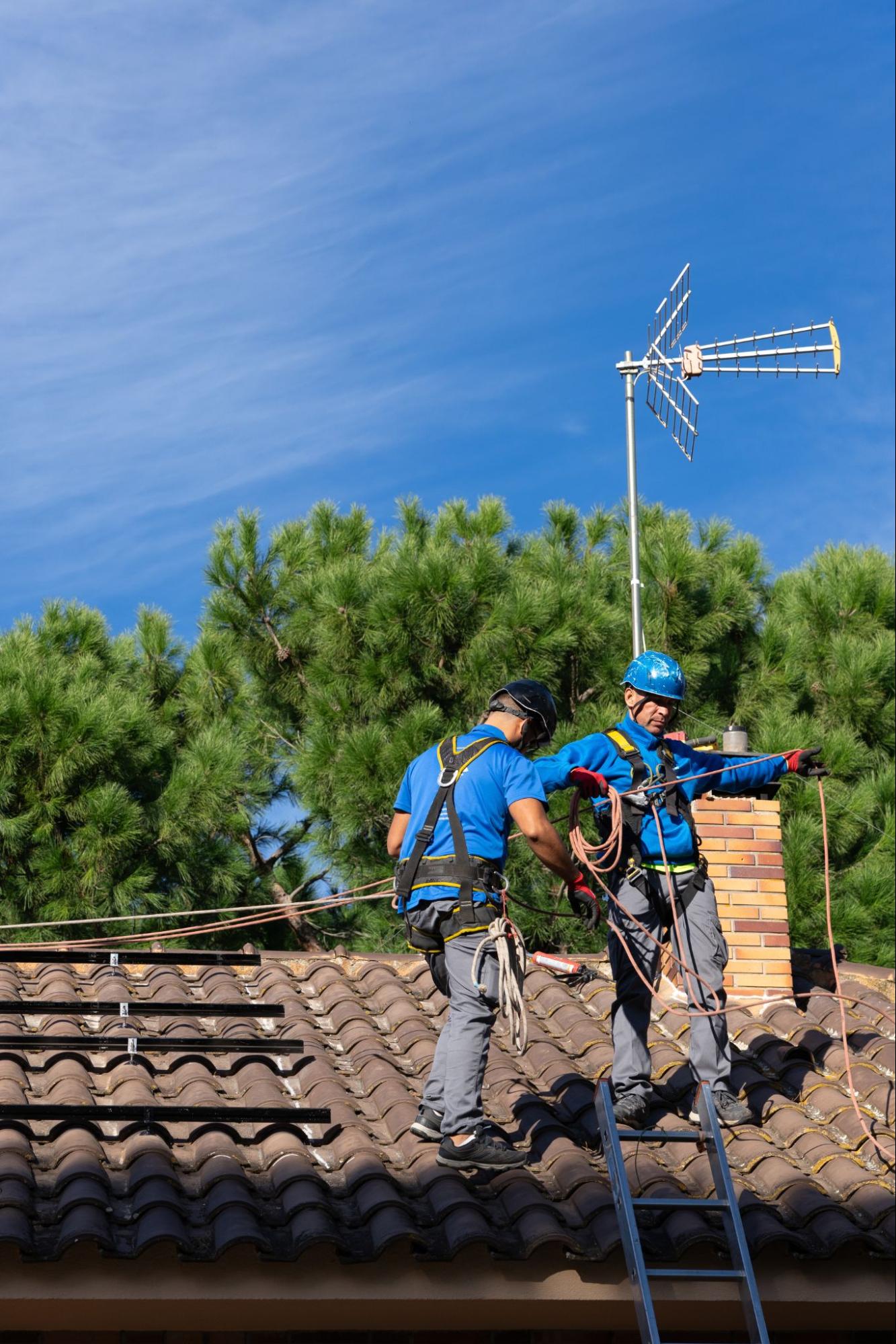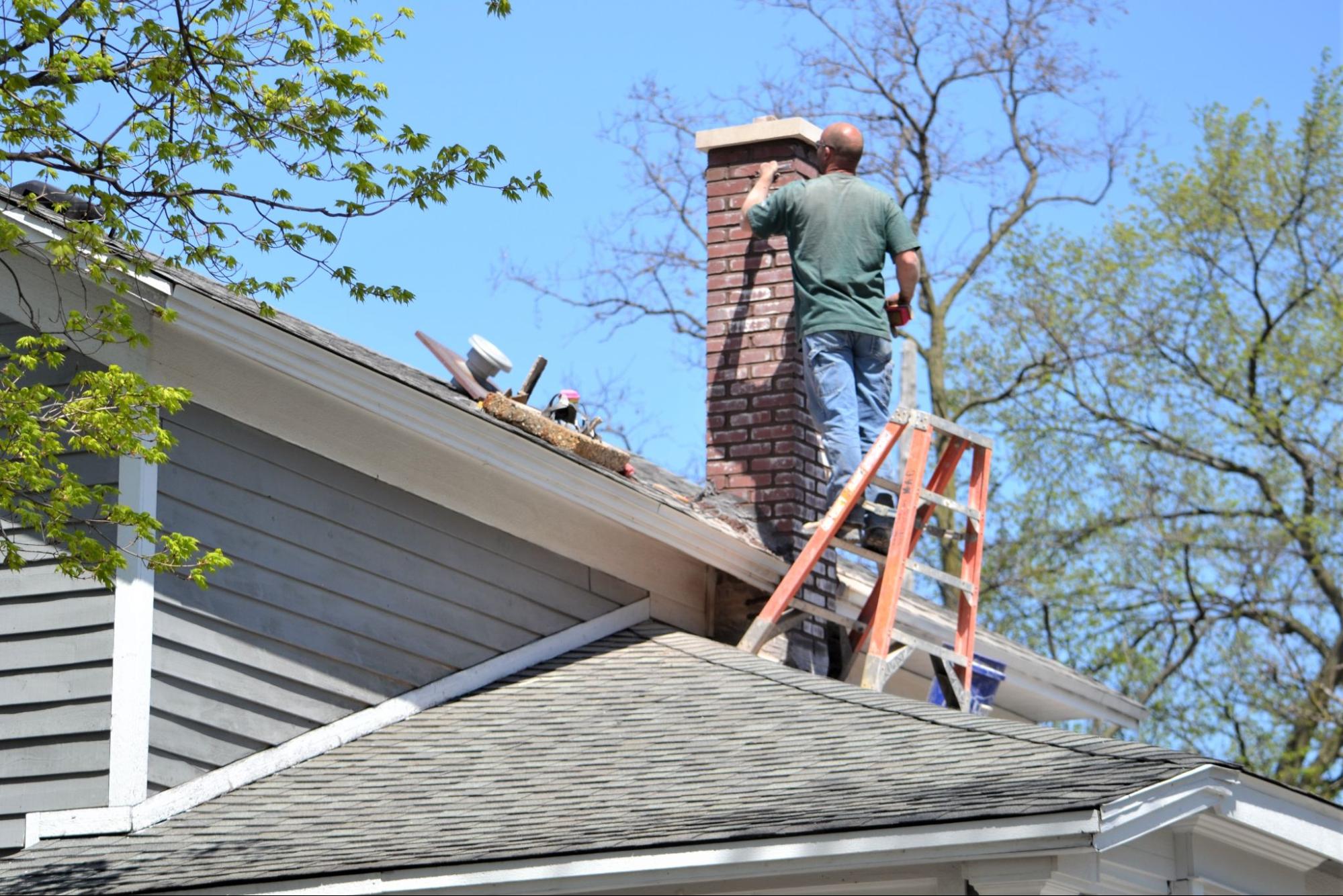Need Help?
BrandRep

Many homeowners don’t think about their chimneys until something goes wrong. A sudden leak, pungent odor, or visible crack can catch anyone off guard. Repair costs can swing wildly, leaving people stressed and unprepared. Some fixes are straightforward, while others are expensive and time-consuming. Knowing what drives chimney repair costs is the key to avoiding surprises.
Chimney repair prevents fire hazards, structural damage, and costly future repairs. It keeps your home safe, efficient, and up to code. Ignoring minor issues can lead to more significant problems, such as leaks or structural collapse. Timely repairs extend the life of your chimney and protect your investment.
Not all chimney repairs cost the same, even if they look similar. What drives the price often lies beneath the surface. From the type of damage to when and how you act, every detail matters. The reasons below explain why your repair bill may be higher or lower than expected.
Damage is the most significant factor in how much you’ll pay for chimney repair. The more severe the issue, the more time, materials, and expertise it takes to fix. Minor problems, such as chipped bricks, cost far less than rebuilding part of the stack. Every type of damage adds a layer of complexity to the bill.
Cracks in chimney masonry may look minor but often point to deeper problems. Over time, they widen and allow water, smoke, and gas to seep through. That weakens the entire structure, raising the risk of collapse or fire. Repairing small cracks may only involve sealing and repointing. However, if the mortar joints have decayed or the brickwork is crumbling, full reconstruction may be necessary. That drives up both labor and material costs quickly.
Water is a chimney’s worst enemy. Leaks often go unnoticed until stains appear or the ceiling begins to sag. Moisture damages the flue, crown, and even the interior walls. Repairs might involve replacing flashing, the crown, or the bricks themselves. If mold has formed or insulation is affected, the costs climb further. Additionally, identifying the exact source of the leak adds time and expense.
Chimney fires can be fast and quiet, leaving extensive damage in their wake. The intense heat weakens flue tiles, mortar, and surrounding walls. Often, homeowners won’t notice the damage until an inspection. Repairing fire damage means replacing flue liners, reinforcing structures, and sometimes rebuilding. Even smoke residue can lead to corrosion and extra repair work. These jobs tend to be more expensive due to the precision and safety requirements.
The type of materials chosen for repair has a direct effect on cost. Some materials last longer but are more expensive. Others are affordable but require more maintenance over time. Choosing the right materials means weighing short-term savings against long-term value.
Brick is the most common chimney material, but not all bricks are equal. Older homes may use discontinued or handmade bricks that cost more to match. Stone chimneys are more durable but far more expensive to repair. Replacing metal components, such as flashing or chase covers, costs less but still adds up. Labor also increases with heavier or more fragile materials. Choosing affordable yet durable options can reduce costs over time.
Flue liners are critical to safe operation and heat control. Clay liners are cheaper but prone to cracking. Stainless steel options last longer and resist corrosion but are pricier. Cast-in-place liners cost the most due to the labor involved. Chimney caps also vary widely. A simple galvanized cap is cheap, while custom or decorative caps cost much more.
Labor often makes up the most substantial part of a chimney repair quote. Experience, certification, and regional pricing all impact the cost of a job. Skilled professionals may charge more, but they often get the job done right the first time. Choosing the cheapest labor can sometimes lead to even higher costs down the road.

Hiring a certified chimney technician gives peace of mind. These professionals are well-versed in building codes and chimney systems. They utilize the right tools and adhere to strict safety standards. General contractors may offer lower rates but often lack specialized knowledge of chimneys. Mistakes, such as using the wrong mortar or ignoring airflow issues, can lead to recurring problems. Ultimately, expert labor usually saves more money than it costs.
Where you live matters more than you might expect; labor rates vary between cities, suburbs, and rural areas. Urban zones with high living costs usually charge more per hour. In contrast, rural areas may offer lower prices, but fewer experts are available. Demand during colder months can also cause prices to spike in both regions. It’s wise to get multiple quotes to understand your area’s average.
The ease of access to a chimney affects the time required for a repair job. Contractors must consider roof pitch, chimney height, and nearby structures. The more difficult it is to reach the chimney, the more it will cost. These added challenges slow down progress and increase safety risks.
A chimney on a one-story ranch-style home is easier to access than one on a three-story Victorian. Steep roofs require special gear and careful maneuvering. That slows down the crew and extends labor hours. Safety harnesses, ladders, and staging equipment all come at a price. Even the weather conditions can make steep roofs more hazardous and costly. An easy-to-reach chimney can cut the cost in half.
Landscaping and architectural features can complicate access. Chimneys hidden behind gables, trees, or additions require scaffolding or cranes. These setups are neither quick nor cheap. The limited workspace also reduces efficiency. Workers may need extra time to stage materials and set up their work area. These physical barriers add layers of cost you might not expect.
Consistent maintenance keeps chimney repair costs low. It allows minor issues to be handled before they become complex. Regular service also extends the life of parts like caps, liners, and crowns. Skipping yearly checkups often leads to costlier repairs.
Annual inspections spot problems early. Creosote buildup, loose flashing, or water damage can be addressed easily if caught in time. Professional cleanings reduce the risk of fire and help preserve the flue lining. Skipping inspections means issues worsen without notice. That usually leads to more complex and expensive fixes. Additionally, documentation from inspections helps track the long-term health of chimneys.
Poorly done old repairs often create new problems. Temporary fixes appear satisfactory on the surface, but they usually fail in the long run. Professionals must then undo that work before making proper repairs. That increases both time and cost. Homeowners who keep detailed records can avoid repeat issues. A solid repair history lowers uncertainty and prevents duplicate work.

Chimney repair isn’t just about bricks and mortar. Legal requirements and insurance policies can affect the final bill. Some jobs require building permits and inspections to ensure compliance with local regulations. Others might be partially covered by homeowners’ insurance, depending on the cause.
Many cities require permits for chimney repairs over a specific size. These permits come with fees and may result in delays to the timeline. Inspectors may also need to approve completed work. That adds extra steps to the process. Failing to comply can result in fines or rework. These costs must be considered upfront.
Insurance might cover damage from weather, fire, or accidents. However, issues caused by neglect or age are usually excluded. Navigating claims takes time and paperwork. Some contractors won’t start work until approval is secured. Homeowners should check their policies before scheduling major repairs. Knowing what’s covered helps manage expectations and allocate budgets effectively.
Timing your chimney repair can impact not only the cost but also the speed at which the job is completed. Prices change throughout the year based on demand. Emergencies are almost always more expensive than planned work. Addressing issues early can prevent rushed decisions and inflated quotes.
Fall is the busiest season for chimney professionals. As temperatures drop, everyone scrambles to get their chimneys working. This spike in demand means higher labor costs and longer wait times. Off-season repairs, typically in the spring or summer, are often more cost-effective. Contractors are more available and may offer discounts. Scheduling early can save you both time and money.
Emergencies always come with a higher price tag. If your chimney is leaking after a storm or has caught fire, there’s no time to wait. Contractors may need to reschedule other jobs or work overtime to accommodate the new project. Materials might need to be rushed in. These situations often cost two or three times more than regular service. Planning can help you avoid this expense altogether.
Even after an inspection, unexpected issues can arise during the repair process. Hidden flaws in structure, pests, or outdated components add time and cost. These problems often can’t be fully seen until work begins. Preparing for the unknown helps keep your budget flexible.
Damage behind the flue or inside the walls is hard to spot. Until work begins, contractors might not know the full extent. These hidden problems may include rotted framing or foundation cracks. Repairing them requires extra coordination and more labor. Scoping tools are helpful, but they don’t always catch everything. Contingency budgets are essential for these surprises.
Birds, squirrels, and raccoons often treat chimneys like their home. Nests block airflow and create fire hazards. Removing them safely requires time and may necessitate special permits. After removal, repairs might be needed for screens or caps. Pest problems almost always result in additional charges. Regular inspections help prevent these issues from developing.
Older homes sometimes use outdated or uncommon materials. Finding matching bricks or parts can be expensive. Custom orders may cause delays in the repair process. Technicians may also require specialized tools to work with rare components. All of this adds complexity to the job. Homeowners with historic homes should plan for extra costs.
Every cracked brick or dripping leak carries a price that grows with time. Waiting doesn’t make the damage go away; it only turns tomorrow’s fix into a full-blown overhaul. You don’t need to be caught off guard or gamble with safety. Taking a proactive step today can save money, stress, and future headaches. Get a free consultation, ask the hard questions, and face the facts of your chimney’s condition. Your home deserves attention before it demands it.
Stay ahead of chimney repairs with trusted advice. Visit the Artistic Masonry LLC blog for real-world tips that save time and money.
Share:
Search
Subscribe Newsletter
Contact us
Open 7 days a week, 24 hours a day!